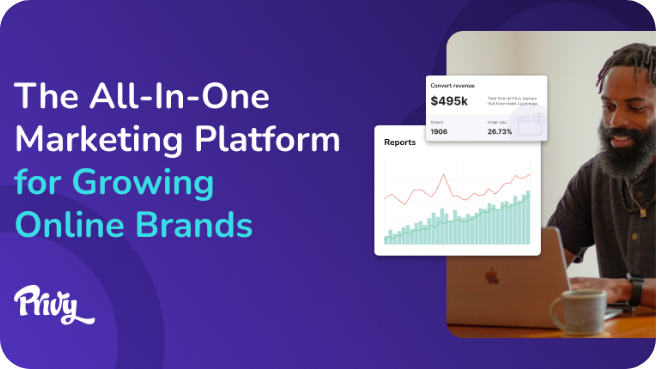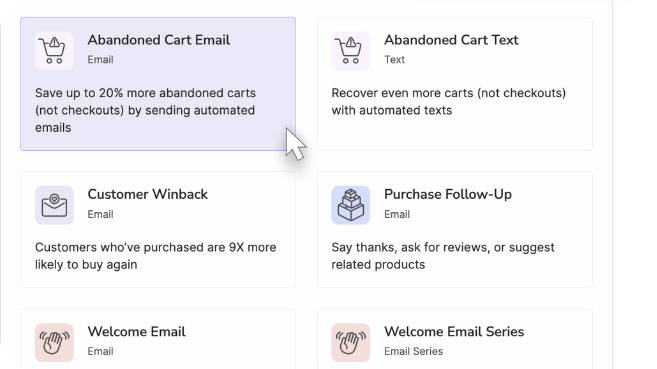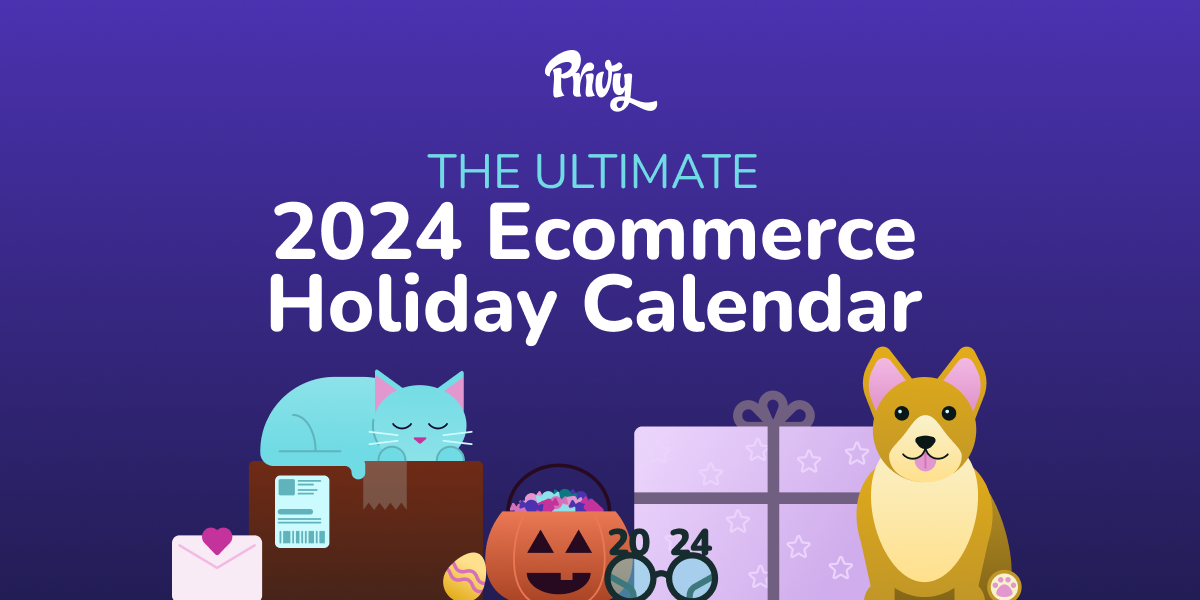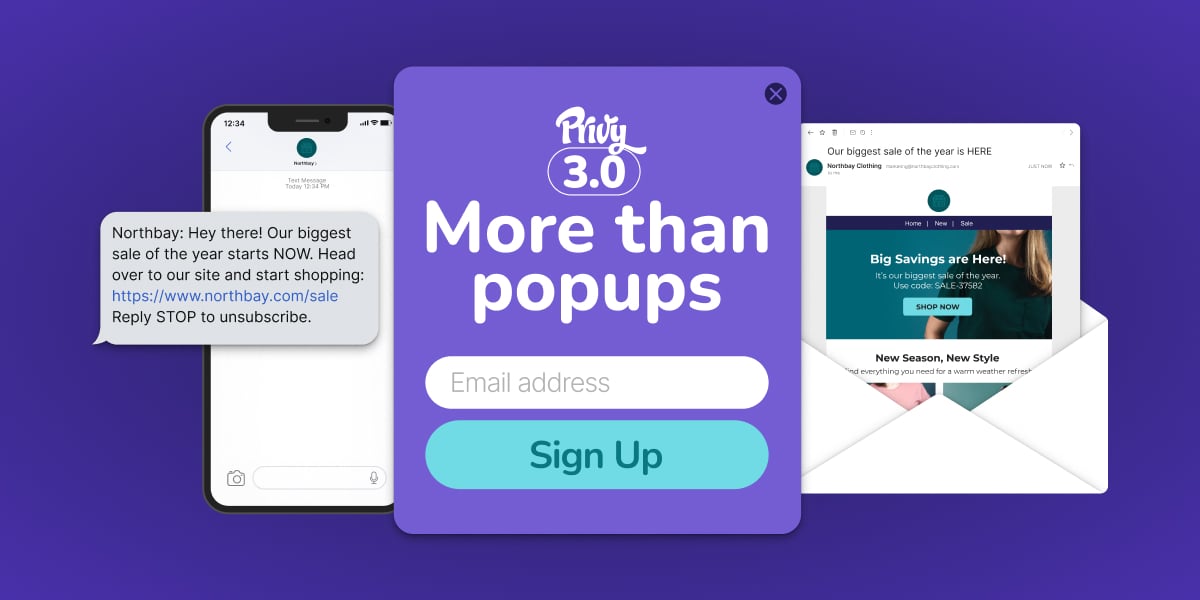Six Tips to Successfully Set Yourself Up For An Ecommerce Implementation
9 min read time
Published on Mar 19, 2018
Written by Josh Mendelsohn
This is a guest post from Isaiah Bollinger, the CEO and Founder of Trellis, a full service eCommerce solution provider that specializes in implementing eCommerce websites on platforms such as Magento, Shopify, BigCommerce, and WooCommerce.
Building an eCommerce site can be a massive undertaking. Whether you are just starting out or rebuilding a major IR 1000 site, the odds are that good that this will be a more difficult project than you think.
If you’re rebuilding on a new platform, you probably have gotten frustrated with your platform or perhaps you’ve simply outgrown its functionality. For instance, you may have realized you need to expand internationally, and need some sort of multi site, multi country functionality that is better suited with a platform like Magento. Or maybe you feel your platform is too complicated, and you want a more streamlined experience with a platform like Shopify.
In other cases, we see companies who simply have realized that the original platform they chose just wasn’t right for them for various reasons such as a lack of marketplace add ons or third party agencies servicing the platform.
Regardless of the reason, it is likely an owner, a marketing manager, eCommerce manager, or technology manager in charge of making the switch, often for you the first time.
That is why I have outlined some tips to help you get organized and ensure a more smoothly executed transition to a new platform. Time and time again, we see that taking your time in the up front process helps ensure the project goes even better than expected.
1) Build a requirements List or Document
Having clear-cut requirements is key to being successful with your ecommerce implementation. Even if you decide to go about the project in a more agile format, it is imperative to have clear goals and a framework of major features you will need to execute on.
Here are some simple questions that I use to break down a project. Without these answers its impossible to estimate or execute efficiently on an eCommerce project.
Design:
What unique pages need to be designed? Every site will need a homepage, but after the homepage, what unique templates need to be designed to create the look and feel of the rest of the site.
What insight can help guide the designer on what to design for these pages? For instance will it start with a hero image followed by three icons? An example of a similar site or page you like is also a good way to guide the design of this page.
Examples Of Pages Needed To Be Designed:
- Homepage
- Category page
- Product page
- Cart page
- Checkout page
- Order confirmation page
Frontend:
You will have to build out all the templates designed so that a user can use the website. This is where it would be helpful to know how you want to go about that. For instance will you use theme from Shopify or Themeforest or will you have to custom build the theme. How you build the theme can greatly affect the cost of your project.
Backend:
What features will need to be custom developed on the backend that falls outside of core functionality, integrations or extensions? These kinds of features can greatly affect the cost and timeline of your project.
A good example is building a marketplace. If your platform doesn’t have this and there is no app or extension for this, you will have to custom build this feature.
Extensions:
What extensions or apps are you going to use for a platform like Shopify, Magento, etc? For instance do you need a gift card app, or rewards app?
Integrations:
What platforms are you going to integrate? Are there apps for this or do you need to custom integrate? What data needs to go back and forth?
An example of this is Netsuite. You may need eCommerce orders to go to Netsuite and inventory updates to go to your eCommerce platform. You may also need shipment tracking info passed from Netsuite to your eCommerce platform. There are prebuilt integrations for this like Celigo, but sometimes you may need a custom integration based on your situation.
Shipping:
What shipping methods are you going to use? Are you going to use UPS or USPS, or do you need a more complex shipping setup with special rules and regulations.
Payment:
What payment gateway or gateways are you going to use? Paypal, Authorize.net and Stripe are common ones used by a large percentage of eCommerce businesses.
Data Transfer:
What data from the old site needs to go to the new site? Will it change or reformat?
An example of this is transferring customer data from your old system to the new platform.
SEO & Marketing:
You should do at least a bare minimum to get your technical SEO standings in a good place. This could cover many things like page titles, redirects, htaccess, and more. What do you feel needs to be done here?
Typical base things include submitting a new sitemap to Google, 301 redirects of urls are setup from the old site to the new site, and page titles and meta descriptions are optimized for character count and readability.
QA & Testing
How is the QA process going to be handled? Are you going to manually review the site and functionality on all browsers and devices or are you going to write automated tests? Determining how you will be doing testing and who will be doing the testing will also greatly affect the cost of the project.
Launch:
What is the path to launch? Typically you need to switch your domain DNS settings to the new server or website. Who will manage the DNS changes? Are there any other deployment actions that need to be taken care of such as final data transfer to ensure data consistency?
There are many other niche areas that we get into in our discovery process, but these are some of the key ones you must cover to accurately estimate and complete a project.
2) Understand your Internal Resources and Limitations
I see many projects fall apart because of poor internal communication and underestimating how important you are to the project, even if you hire an agency. eCommerce is a core component to most businesses, and for better or worse, it can’t really be completely outsourced. You have to take ownership over some aspects and that starts with answering a whole bunch of key questions.
What can you actually accomplish with your internal resources? Who is dedicated to the project? Who is the main person responsible for the project? Can you provide all the content; can you do things in the admin panel? Can you setup the third party services necessary to achieve payments etc? Can you actually do development, or do you need to outsource all development or is a hybrid approach best? What can you provide for the design process, photos, style guide, etc or perhaps you can do the entire design?

One common theme I see is the owner or key decision maker is barely involved in the up front section, then steps in way too late and vetoes the design or other aspects, completely derailing the project. Ultimately, for a project to succeed, whoever has final say on the project needs to be very involved or at least involved in every key incremental decision to approve designs etc.
3) Be Realistic About Budget and What is Feasible
Another challenge is that most merchants want more functionality than what they can afford (and often need) and underestimate the costs of building a high quality eCommerce site. The classic paradigm of fast, cheap, and quality - and only being able to have two of them, is very true.
To avoid this trap, you need to think about how you want to leverage your budget. Do you want to achieve speed and quality but pay more, or perhaps sacrifice one of the other two?
If you are unsure about pricing, make sure to get several quotes and consider using your internal team as a key member of the project team. You will likely find that the same scope might get vastly different quotes from different agencies. That’s because they all have different hourly rates and also put different levels of quality into the project.
Remember that you typically get what you pay for, so if you are getting a quote that almost seems too good to be true, it probably is and you may regret it later.
4) Evaluate eCommerce Platforms to Choose the Right One
Knowing which platform you are going to build your site with is a major aspect to getting your project scoped our correctly. And the same scope could also have wildly different costs depending on the platform.
Assuming you are like most businesses and don’t need to go the custom platform build, you will want a platform like Shopify, Magento, BigCommerce, etc. You’ll want to do your own research instead of relying on agency to make the decision who might be getting a revenue share from that platform instead of choosing what’s best for your business. There is a lot of good content online, and most platforms will also offer a free demo or trial so take the time to choose for your elf and look to your agency for answers on detailed questions rather than a broad recommendation.

5) Evaluate the third party systems you will need
Another factor in choosing a platform is their app ecosystem. You no longer need to custom build every piece of functionality so leveraging a platform like Magento or Shopify makes it possible to easily plugin your payment gateway details, shipping info, and tie in apps that will enable you to grow you list, build a rewards program or even connect with your ERP.

6) Find the right partners or freelancers
Even if you have a dedicated eCommerce team, you may need help with content, design, development, or other components of the project. Try to objectively evaluate your internal strengths and find a partner that can solve your gaps. You may need most of the work done by a third party. In that case, make sure they know how to work with the platform you have chosen and the requirements you have, fits within your budget and has a portfolio of work that shows they have done it before, or at least done something similar successfully.
In closing
Undervaluing the up front process of planning and discovery and doing your due diligence before starting an eCommerce project is a huge misstep. However, I do also want to point out that many companies I see become paralyzed by this and actually don’t do anything, which in today’s fast moving world is also not good.
My advice is to engage a professional consultant or seek outside advice to build the knowledge you need to get your project started. Many companies are afraid to spend money on this because its not a tangible website, but this is a great investment that will make your bigger website investments much more worthwhile.
About (Author) and Trellis
Isaiah Bollinger is the CEO and Founder of Trellis who started the company in 2012. Trellis is a full service eCommerce solution provider that specializes in implementing eCommerce websites on platforms such as Magento, Shopify, BigCommerce, and WooCommerce. Our capabilities allow us to plan and design a solution that not only meets your specific goals and budget today, but will also scale with you as you grow. Once a site is launched we stick side by side with our clients to help them improve the site and market the site to generate more customers.
Linkedin: https://www.linkedin.com/in/isaiah-bollinger/
Twitter: https://twitter.com/IsaiahBollinger
Subscribe for Updates
Get our best content on ecommerce marketing in your inbox 2 times a week.
Written by Josh Mendelsohn
Josh brings his marketing chops and lifelong passion for jam bands, craft beer, and SMBs to the team at Privy. Having spent time working at SMB and ecommerce leaders like Constant Contact and Salsify, he has a deep understanding of how to help small and medium sized ecommerce businesses be all that they can be. In addition to leading Privy's marketing team, Josh spends too much of his time managing his pug Marvin's instagram account.
Subscribe for Updates
Get our best content on ecommerce marketing in your inbox 2 times a week.


.jpg)






